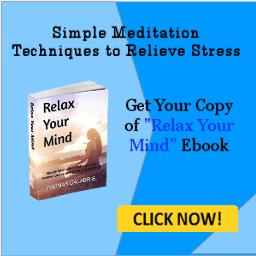Benefits of Audiobooks
I used to be an avid reader many years ago, especially before kids! Now I have 4 adorable children with one of those darlings now an adult. If any of you have children you might relate to how challenging it is to get the chance to read. Especially by the time it’s bedtime, Some of us don’t have the energy to stay awake reading. Daytime is spent running around doing errands, housework or working which takes away precious reading time. Plus, when I find a good book, it’s hard to put down so can spend too much time reading instead of ticking off my to-do list. Over the years, I’ve really missed not being able to read books. Until now. I’ve discovered audiobooks perhaps later than others, but I am glad I finally have. Books are now on AUDIO! Woohoo! This makes life that little bit easier, so allow me to share with you the benefits of audiobooks and show you how to incorporate them into your life.
Learning Styles
If you are reading for the benefit of learning, it can be quite a challenge for some people who don’t have an auditory style of learning. What I mean by this is, that we all have a particular learning style. The most common is visual. Many of us fit into visual but what if you have an auditory style of learning? This makes it harder if you need to read something but find it hard to concentrate due to either the content of the book or you’re struggling because you have an auditory style of learning. Until now that is. You can download audiobooks instead as an alternative to reading books. This will allow you to learn using your preferred learning style instead of struggle.
Time Management
With so many of us burning the candle at both ends, rushing from one activity to the next, we just don’t find time to sit quietly and read something of value. Having an audiobook, however, would be the perfect time to pop in the headphones and utilize our time effectively listening to an audiobook. This will help make it easier to learn something new while doing our errands.
I know people who have to travel for an hour or longer to work. Being able to listen to an audiobook will help you use your time efficiently on your way to and from work.
Holiday Travel Time
Maybe even on your holiday, you can zone out listening to an audiobook instead of taking your book everywhere with you. In particular while making your way to your destination. Whether you’re driving or the passenger, being able to listen to an audiobook can help you get the chance to listen to a book you’ve been wanting to read but haven’t had the chance as yet.
Books Are Bulky
The bulkiness of books can also be a hindrance, especially when going from one place to the other. I don’t know about you, but if I have a couple of books on the go, I don’t want to have to decide which one to take with me to work or on holiday and increase the weight of my bag. At least when you’ve got your books on your device, you can take your library of books where ever you go and they won’t weigh you down. Also, you don’t have to make a decision on which one you want to take with you. You will have to decide at some point though when you press play on your book :).
Minimalist’s Dream
Having Audiobooks can also be a minimalist’s dream! I have many friends who are minimalist. I’m sure they will be nodding their heads in agreement. Books can take up a lot of space which can be too much for a minimalist. By having them stored on your device instead, you reduce the amount of space they can take up in your home. It also means less dust :).
Vision Impaired
Having audiobooks available now is a blessing for those who are vision impaired. Audiobooks have been around for a long time for the vision impaired, however, the number of books was limited until the boom of technology.
Disinterested Readers
Did you know that there are people out there who aren’t even interested in reading? I didn’t until one of my children came under that definition. So it’s been a challenge encouraging her to read. Now, however, she can listen to books alongside her learning how to read. You might be worried that using audiobooks for children might impact their ability to learn how to read. If they are still exposed to doing the school curriculum and practicing alongside audiobooks, it can actually help build their interest in reading along with the book.
Another benefit of audiobooks is they can also help build on critical thinking. So fear not, your child can still learn valuable skills when listening to audiobooks. Audiobooks can also help improve memory and learning.
Attention span
While listening to audiobooks, one’s ability to focus is enhanced, thus increasing one’s attention span. With so many children struggling to focus, incorporating audiobooks into one’s daily routine could help improve their attention span.
Annunciation and Fluency
When listening to an audiobook you can also hear how words are said, as well as the pace and intonations of sentences. This can help build on how to read with fluency and say the words clearly. this can be helpful for children and young people, as well as those learning English as a second language.
Mental Health
As a parent, and perhaps when you were little yourself, reading to young children has a warmth and connection from the caregiver/reader who’s voice and presence is comforting as they read stories. Storytime can be a calming and comforting time for children. This fosters a love for listening to stories, as well as having a positive connection with.
Stress Relief
It helps relieve stress and takes your focus off everyday stress and thoughts around this and redirects those thoughts to what you’re listening to.
Different Senses
In a world so driven by technology and visual overstimulation using your hearing sense gives you a break from using the visual sense and helps your eyes relax.
Shifts Negativity
Our minds are flooded with negativity. By listening to audiobooks it makes us shift where our negative thoughts are focussed on and instead allows room for alternative emotions.
Heart Mindfully’s focus is within the realm of Mental Health and Wellbeing. We focus on self-love, self-care, self-awareness and being present. There are also books that can help with various aspects of one’s wellbeing and emotional health. Here are a few of the audiobooks that I feel are relevant to this website’s focus…
Final Words
So by considering getting audiobooks into your life, you will have heaps of practical benefits as well as mental health benefits to suit everyone in your family. Fear not that it takes away one’s ability to read. If anything it is a valuable tool in helping build interest in reading, increasing one’s critical thinking, and memory. Audiobooks are also time-saving and save on space.
Do you have any questions or experiences with audiobooks? Share your thoughts below.

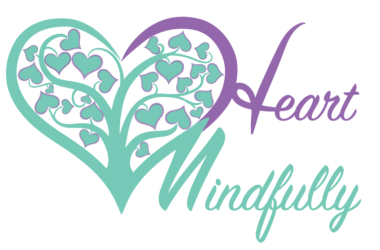



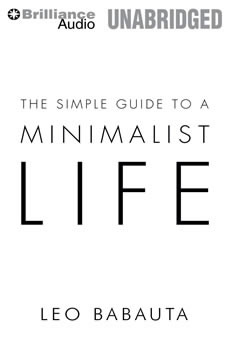

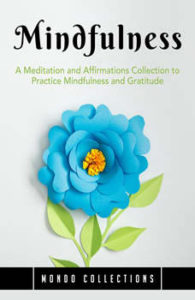
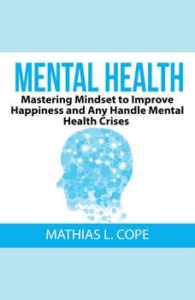
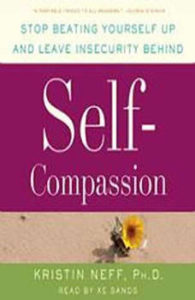












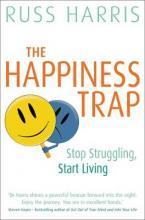


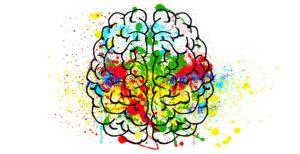
 Cute Baby Animal Pictures
Cute Baby Animal Pictures













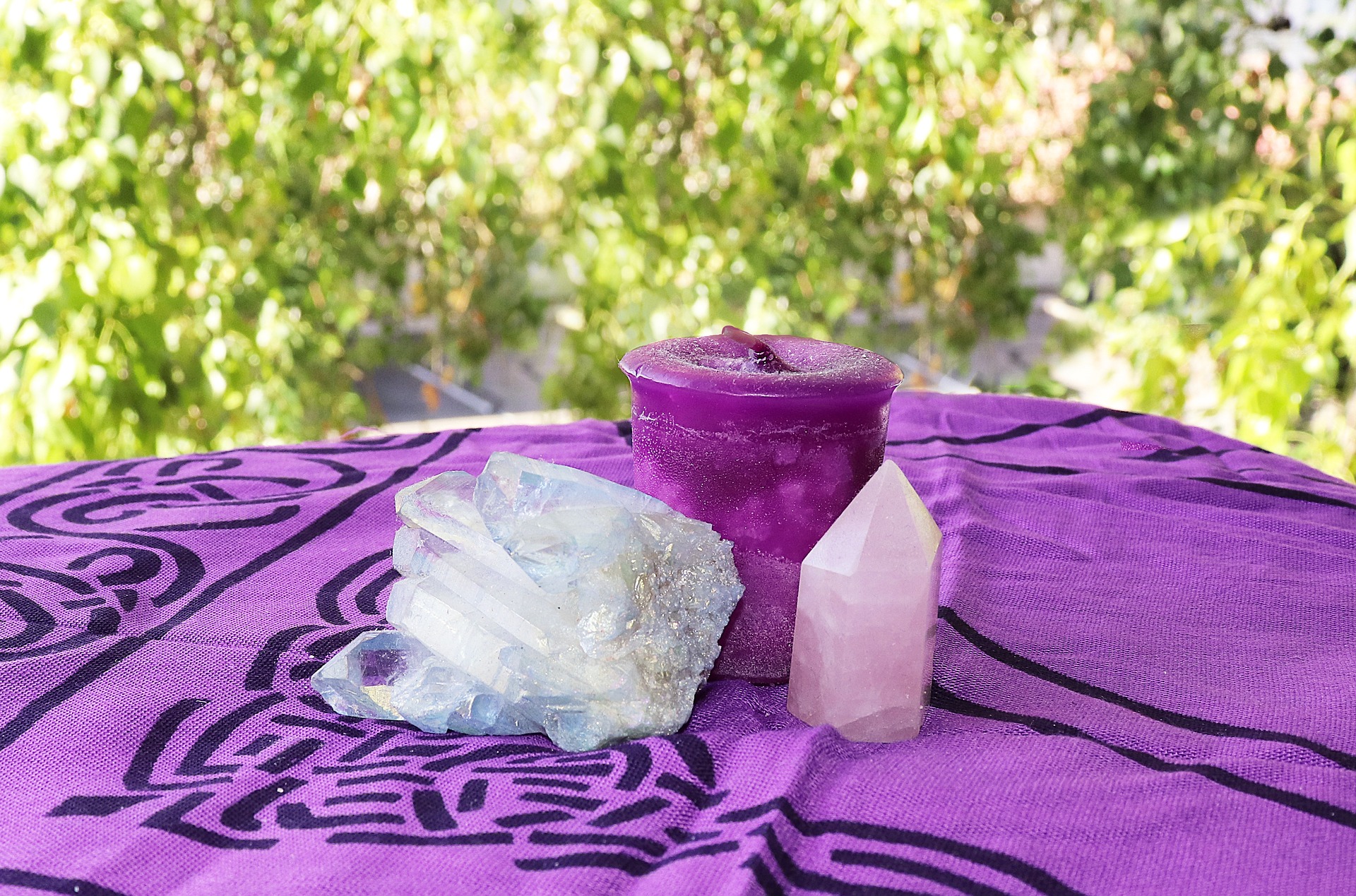








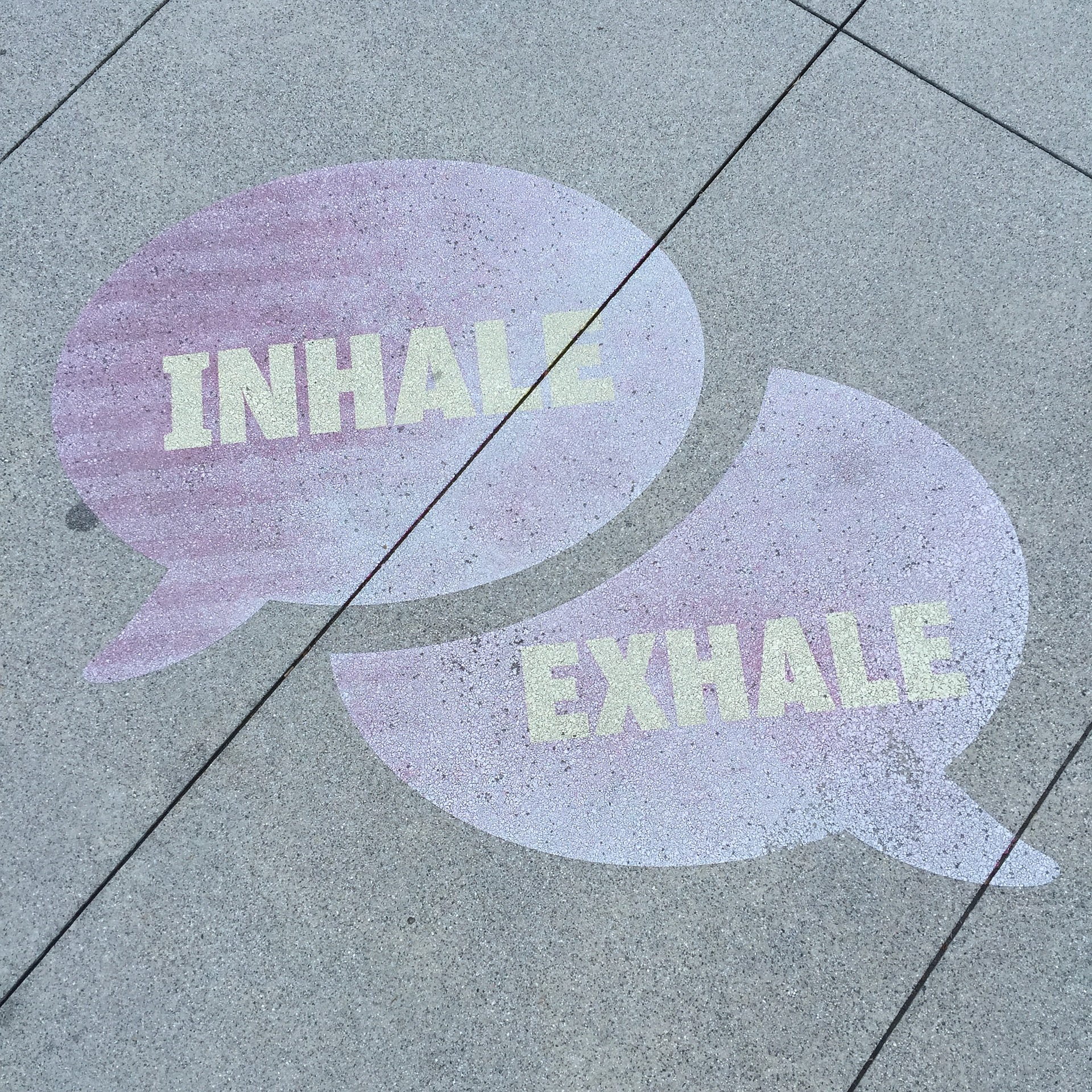
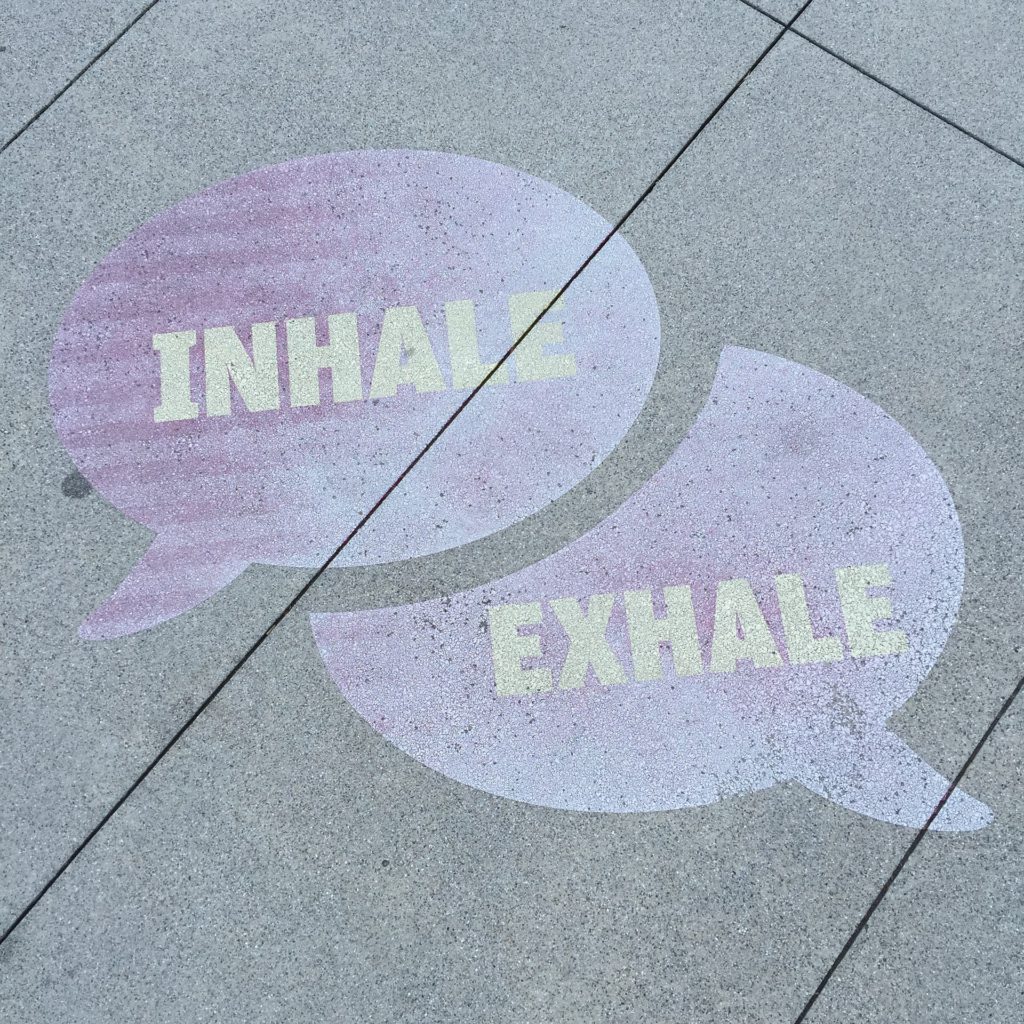



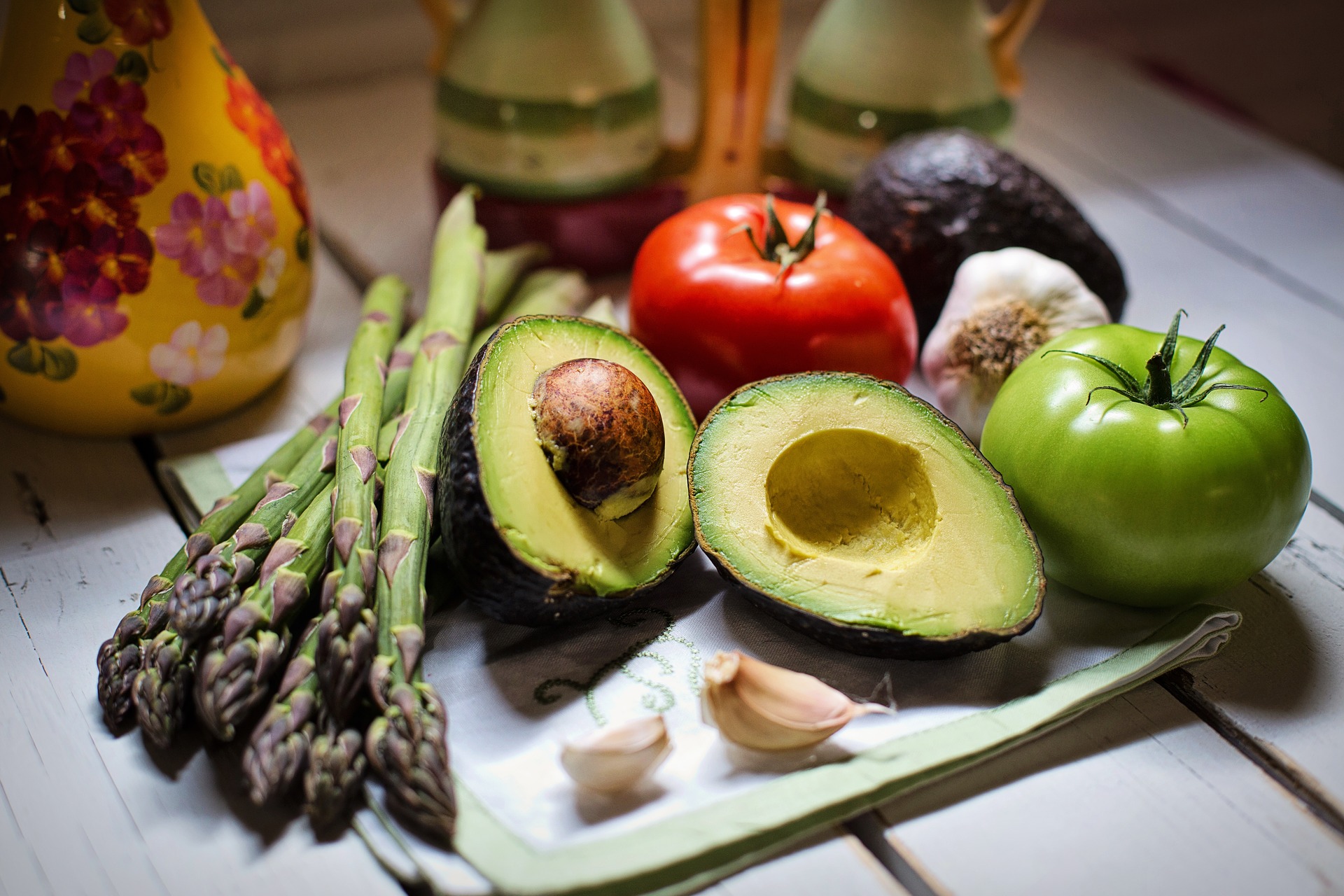









 who interact with others.
who interact with others.